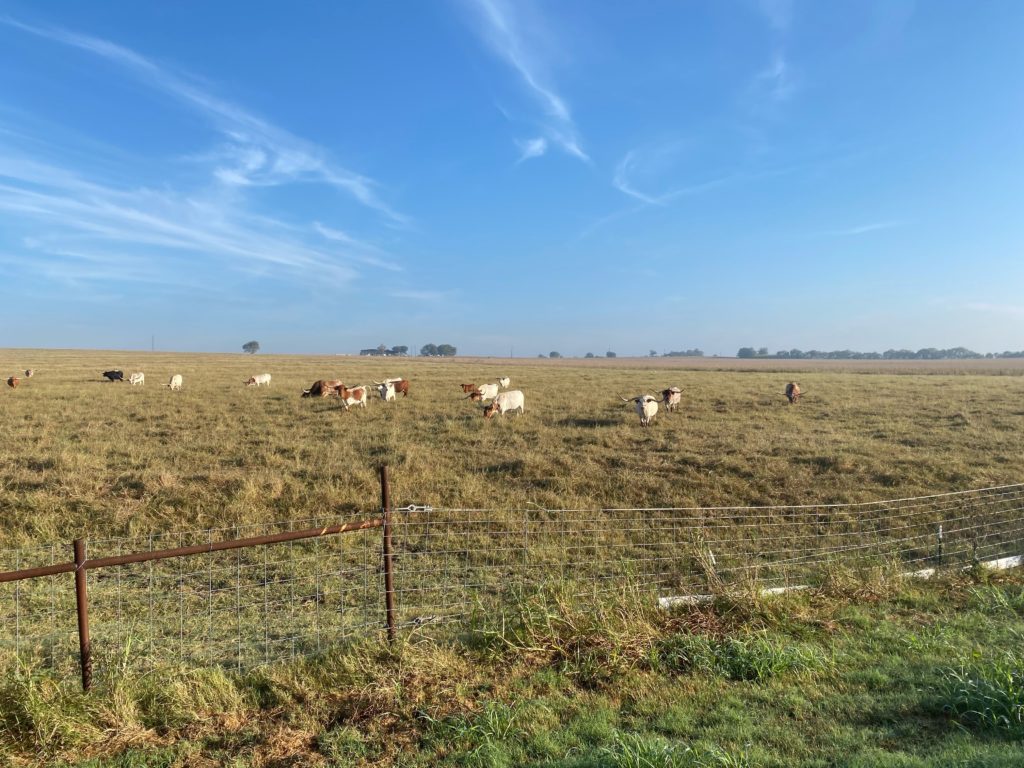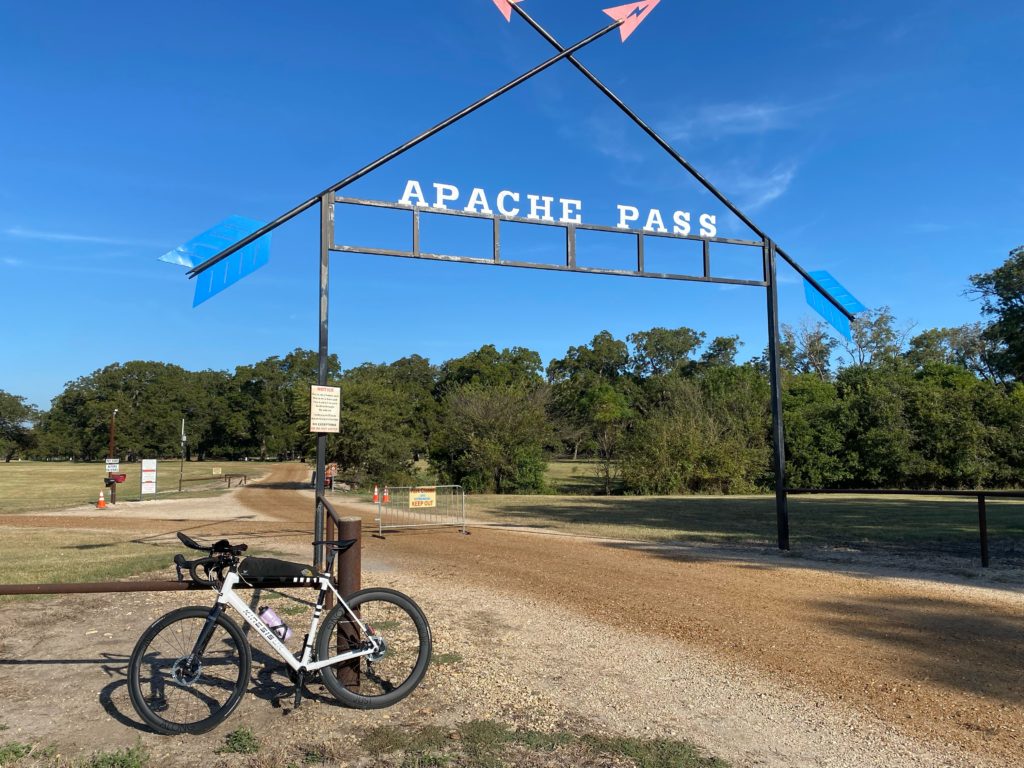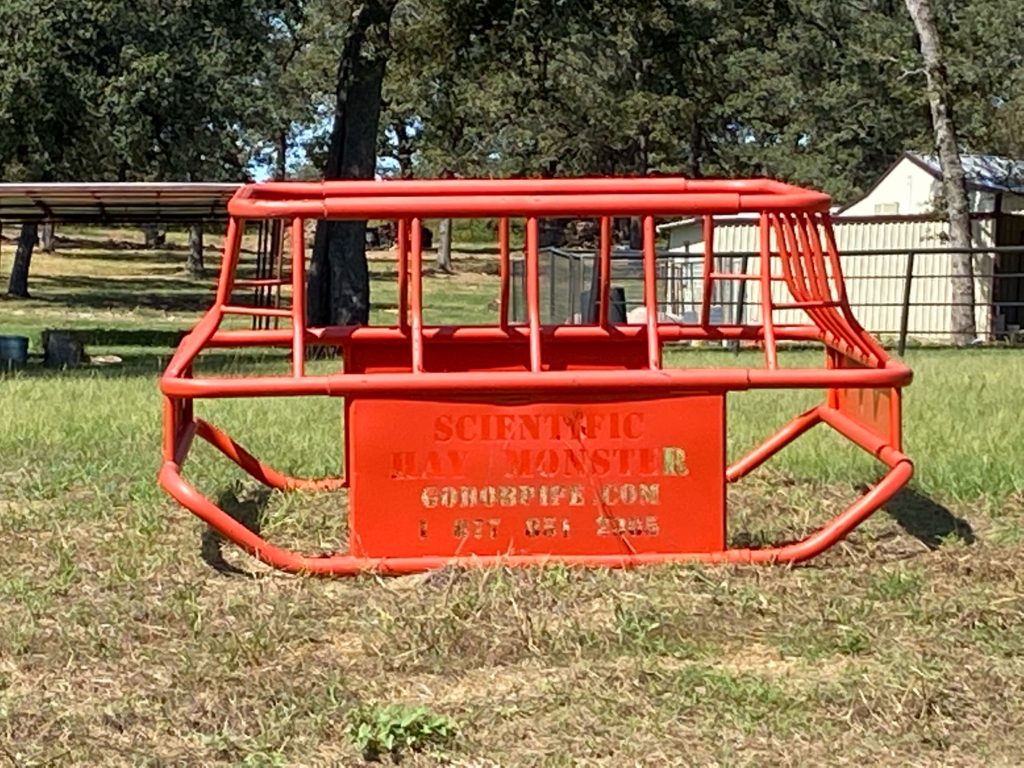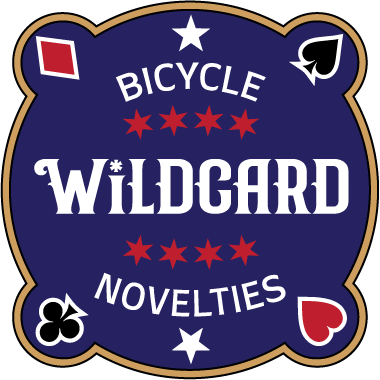I bought a lot of bike stuff preparatory to riding the TABR. Here are my comments on some of it.
Parts
- I’ve got mine set fairly firm. I rarely notice any bobbing except on smooth roads when I’m really grinding at low RPM.
- Can’t compensate for big hits, but does take the edge off a lot of bad pavement. I notice the difference most on textured pavement, which it really smooths out.
- As much as my ass hurt in the race (a lot), I cannot imagine how much more it would have hurt without a suspension seatpost.
- Cane Creek makes an elastomer-based suspension seatpost that I’d be interested in comparing with this.
The effect this has is more subtle than the seatpost. It’s a little weird watching the handlebars move up and down relative to the bike, but it doesn’t seem to affect handling.
Good price, seem reasonably fast, good customization options (they offer dyno hubs, which was key for me). These are the only wheels I’ve ever had with deep-section carbon rims, so I don’t have any basis for comparison. Didn’t give me any trouble.
Dyno hubs are expensive, but they make a lot of sense for an event like the TABR.
I used Bebop pedals for a very long time. I still would, if they were still in production. These are the nearest equivalents. I’m not thrilled with how fussy they are to set up and maintain, or the fact that they use a unique drilling pattern, but they do give numerous degrees of adjustment and wide ranges of adjustability. In short, I am able to ride comfortably in them, which is what’s important.
The first day of TABR 2021 had very foul weather, which is kryptonite for Speedplays. My right cleat became extremely difficult to disengage. By the time I scratched, the left bearings had almost completely seized up. Both cleats became difficult to engage. Speedplay recommended re-greasing every 2000 miles under ideal conditions—which did not prevail—and I didn’t bring a grease gun. A lot of riders bring spare cleats on the TABR, but the problem with Speedplays is the cleats are left/right-specific, so you need to bring two spares to cover your bases. I brought none.
Now that Wahoo has redesigned them (after I bought mine), they claim that re-greasing is no longer needed. Not sure how effective the new seals are. And they don’t need a 3-hole/4-hole adapter plate or special 4-hole shoes anymore, which is nice.
But my take-away is that if you can ride comfortably in SPDs, those are better for an event like the TABR. Shimano’s pedals are solid, the cleats are robust and spares are easy to carry, and riding in walkable shoes is an advantage.
Bags
I had a total of ~27 liters of storage capacity between four bags on my bike. My logic in packing was to make sure that stuff I would need frequently would be easy to get at, and stuff I might need could be shoved away in a less accessible place.
I think years of going to burn events has produced in me a tendency to over-prepare. I think of this in terms of percentages—do you want to be prepared for 90% of situations you might encounter? 95%? 99%? Each step up the preparation scale requires more stuff, sometimes a lot more. So I was carrying spare spokes and a fiberfix spoke for field-expedient repairs. I was carrying a spare derailleur hanger, a bit of extra chain and a master link, a spare derailleur cable, and random nuts and bolts just in case. I was carrying enough clothes to deal with freezing weather.
The Tailfin had by far the most volume, and if there’s a problem with it, it’s not with its workmanship or design, it’s a philosophical problem: it has 20 liters of capacity, which is a lot for a bikepacking race, so it doesn’t force you to edit your gear list as severely as you might otherwise. That said, there’s very little of what I packed that I would have left behind even with the benefit of hindsight, and one or two things that I probably should have brought that I didn’t.
- Beautiful construction, meticulously considered design.
- Rock solid. Doesn’t noticeably affect handling except for the sail effect in strong crosswinds. It really feels like a part of the bike.
- Unless you’ve got a lot of seatpost showing, get the “extended seatpost connector” so that the bag can open clear of your saddle.
- When transferring the seatpost clamp to the extended connector, be careful with the screw post that mounts it, as it is easy to round out the hex-key opening. Ideally this would have a torx head or a steel screw post.
- The rubber bushings that fit in the “fast release” mounts are not retained well. I’ve now seen that Tailfin recommends gluing them in place with some CA glue. Even with that, the smart thing is to keep the mounts shut at all times, whether on or off the bike.
- In addition to its main opening on top, it has a zipped side opening and a small zipped stash pocked on the other side. I’m not sure either of these do much good.
- Really expensive.
I kept my minimal sleep setup, extra clothes (in stuff sacks), and spare parts in this bag. It doesn’t sound like much, but the bag was pretty full.
I got this at the last minute when I decided that my Tailfin bag was going to be overstuffed.
It has a main compartment accessed from the right, and a flat stash pocket on the left. I kept my printed cheatsheets on the left (never actually used them–I also had the cheatsheets on my phone as an e-book); on the right I had my first-aid supplies, toiletries, second pair of gloves, and probably a few other things.
The only criticisms I can make against it are that when my legs were covered with road grit on Day 1 and they would sometimes rub against the bag, my skin got really torn up. Also, this bag and the top-tube bag especially are hard on the frame’s paint job. I should have had a layer of helicopter tape on the frame at the contact points.
My intention was to keep stuff that I knew I would need frequently in this bag. In practice, it wasn’t quite big enough for all that. It has a divider across the middle, and two-way zipper, so you have a little bit of compartmentalization with it. It has a shielded pass-through in the front, and that’s where my USB converter and power bank lived. I also kept my pump, chain lube, Dynaplug, and multi-tool in here.
On the advice of a fitter, I got my frame one size larger than I normally would, to get the added stack height. Between that and this bag, I could barely clear the top tube when standing over the bike. This wasn’t a big problem, but it wasn’t ideal.
When I was running a cable from the USB converter (in the bag) to my phone (out of the bag), a little rainwater did intrude because the zipper wasn’t fully zipped, but I can’t criticize the bag for that.
Kaibab Customs custom-made bag
This was a small bag that slung under the aerobars and mostly carried snacks; my satellite tracker was also held in place by the velcro straps that attached the bag to the aerobars, which gave it good exposure to the satellites it communicates with.
In hindsight, it would have been better to have this bag made with a cable pass-through in the back so that my USB converter and power bank could live inside it–the disposition of my gear would have been a little tidier that way.
Camelbak Classic
I know Camelbaks are not popular among roadies, but during the pandemic, I wanted to be able to carry a lot of water so I wouldn’t need to stop, and they excel at that. I found that I prefer using a Camelbak in some ways. This has a tiny pocket on the back. I was riding tubeless tires, and used this to carry a couple of just-in-case innertubes, tire levers, and patches.
Drawbacks:
- I haven’t found a good way to secure the end of the hose. I wind up tucking it under the shoulder strap. Camelbak makes a magnetic retainer that hooks onto the shoulder strap, but the way it hooks on is so insecure that it’s not usable.
- The mesh surface facing my back tears up my jerseys.
- A lot of people complain about getting a sweaty back with a Camelbak. No argument there. I think this is a bigger problem in cold weather than hot, though. I can deal with the heat. But in cold weather the ability to evaporate sweat is an important aspect of your ability to stay warm and comfortable; with a hydration pack on, I find that the part of my back directly under the pack is sweaty and well-insulated, so it stays warm; there’s a ring on my back around the pack that is sweaty but not insulated, and this gets clammy or downright cold, regardless of how I’m dressed. In practice, this did not wind up being a showstopper, but it did contribute a little bit to discomfort, especially on long descents in cold weather.
Electronics
This consists of a headlight, USB converter, and pre-assembled wiring harness with a switch, designed to work specifically with the SON Delux hub (which is what my front wheel has). Everything worked without giving me any trouble. The connectors and wires are all very robust, and although I would have been willing to solder up my own wiring harness, I’m pretty sure the prefabricated one is better than anything I would produce, which is reassuring.
The illumination was more than adequate for my needs. I didn’t do a huge amount of night riding in TABR 2021, and didn’t do any high-speed descents. The light head has three emitters, the third of which only comes on at higher speeds (about 18 mph, I think). It would be cool if this third one was targeted farther ahead than the other two; cooler still if the light used shaped reflectors like a B&M light to more effectively target the light on the road. It does include a standlight, and I was impressed at how long that runs for—I saw a little bit of residual light even an hour after stopping.
The USB converter does what it needs to do, and is always on. kLite 3D prints a bunch of its ancillary parts, including the housing for the USB converter, so it is chunkier and heavier than it needs to be, but overall, this doesn’t make a big difference. I do wish kLite outsourced production of those ancillary parts to someone who could fabricate them from aluminum.
The switch controls whether all the dyno output is sent to the USB converter, or is sent preferentially to the headlight, with any excess power going to the converter. Below about 6 mph, it seems, neither one receives power. This could be a problem for mountain climbs at night.
There weren’t as many racers using dynamo-powered lights as I expected. I noticed a few racers with doubled-up battery lights. I did have a Lezyne battery light as a backup myself. It throws enough light and has decent runtime, but the big drawback with it is its charging time. Looking at the nearest current model, it supposedly offers about 4 hours runtime and 4.5 hours charge time (if using a 2-amp USB source). Four hours of runtime is probably OK for a midpack rider. 4.5 hours charge time would also be OK for a midpack rider who’s staying in hotels, but this is faster than I’m actually seeing charging my own light. I think that charging time is the real limiting factor ultra riders will run into with battery lights.
I refuse to close off my ears when I’m on the bike. I know some ear buds, like AirPods Pro, can feed through ambient sound, which might be a reasonable option, but I decided to go with these.
The audio experience with these is almost exactly like having a small speaker hovering near each ear. They can drown out quiet sounds, but other than that, you hear everything around you; they can also be drowned out by loud sounds, such as wind noise. The physical experience is almost nonexistent—I barely notice I have them on. If I turn up the volume loud enough, I can feel a little vibration at my temples. They’re more comfortable to wear for extended periods than my earbuds. Sound quality isn’t bad, but won’t win any awards.
It seems that every wearable Bluetooth audio-playback device has its own set of control gestures, which is annoying. The gestures this uses aren’t bad, but if you use more than one system (I do), it is hard to keep track.
There were a few other riders in TABR 2021 using these, and overall, I think they’re a great benefit if you’re using the spoken turn-by-turn directions in the Ride with GPS app (I was). I didn’t spend a lot of time listening to music, but it was nice to have the option. I did miss a couple of turns when I had the headset turned off or there was a lot of ambient noise, but I resolved those mistakes quickly. On balance, I’m pretty sure they helped me stay on track better than I would have without them.
iPhone
Finding a good mount has been a challenge. I have used a couple of third-party Garmin handlebar mounts and slapped an adhesive Garmin “knuckle” on the back of an iPhone case. The problem I had, repeatedly, is that the tabs in the Garmin insert in the mount—the part that retains the knuckle—would get shredded on bumpy roads. This may be chintzy plastic, or it may simply be that the iPhone exerts too much torque on the insert. Interestingly, the knuckle never showed any signs of wear. I’m currently using a Quadlock mount, which works well. To be precise, I’m using part of a Quadlock mount intended for motorcycles, and bolting that on to an aerobar bridge that I found on Ali Express. That bridge came with useless P-clamps (although the bridge itself is quite sturdy), and I had some custom clamps fabricated to fit on the aerobars.
Battery life is sometimes cited as a concern when using a smartphone instead of a proper bike computer. I do agree that battery life will be shorter, but it’s not as bad as one might think. For one thing, I keep the screen off most of the time and rely on audible updates—Ride with GPS reads me cues (when I’m following a planned route), and also have it read my stats at regular intervals. On a recent ride where I was out for 7 hours, I had 50% left in the tank when I got home, and this was also playing back a mix of streaming and locally stored music over my aforementioned Aftershokz headset for more than half the ride. I do a couple of things to extend the battery life: turn off wifi and put the phone in low-power mode (which clocks down the processor, but is almost unnoticeable). On the TABR—or anytime you’re riding out of cellular coverage—it makes sense to put the phone in airplane mode. This requires you to have stored the route on the phone, rather than relying on the cloud version of it (RwGPS defaults to the latter).
Using a dyno/USB converter or external power bank, it is in theory possible to keep the phone topped off all the time—except when it’s raining. Modern iPhones are water-resistant, but part of that water resistance depends on detecting water in the Lightning port and disabling it. I found during heavy rain that it would not charge, although once it had a chance to dry out, it would. This could get to be a problem in a multi-day event if the rain persists and you have minimal rest periods when you can charge it off-bike, but that’s true for any battery-powered gadget.
Clothes
- Brilliant. Super comfortable. They basically disappear.
- I was concerned that the lack of leg grippers would let the hems ride up, but that hasn’t been a problem.
- Hem seems to be cut lower in front than in back, which is a little weird.
Rain jacket that also provided some additional warmth and windproofing. Packs down to fit in a back pocket: in addition to wearing this in the rain, I would put this on before a long descent following a long climb.
There are other rain jackets that are lighter and fancier, but they’re also much more expensive. This was a good deal.
Jerseys
I’ve given up on short-sleeved jerseys. Riding in Texas, you might think you’d want as little coverage as possible, but I’ve found that a lightweight long-sleeved jersey isn’t really hotter and gives me some sun protection. Such jerseys aren’t exactly common–I’ve found several companies making them, and have tried three.
Fits well. I like the raw-cut sleeve edges. Would be nice if it had grippers in the hem, but it seems to sit about right on me even without them. Has a side-zipped security pocket that I don’t really use, but seems like a nice idea. This would be my go-to jersey.
I’ve got a slightly outdated version of this that I got on closeout. I like the fit. Not thrilled about the abbreviated collar. Don’t like the pockets, which have very high openings that are hard to get into.
Gloves
These did a good job of keeping my hands warm on pretty chilly days, even on long descents, when the windchill would have been severe. They’re very close fitting all around, which for the most part is good, but they’re very difficult to take off when wet. Generally comfortable to wear and offered good dexterity for things like typing on my phone, although adding a conductive pad to the middle finger would have been nice.
They have minimal padding, and what padding there is may not be optimally placed. I wound up with very slight nerve pain in the “valley” of the palm (which I have learned is called the thenar) from riding on the ramps. Not surprising after riding 550 miles in 3½ days—not sure if I can blame that on the gloves.
Also, one of the gloves started coming unstitched along one seam after less than 1000 miles of use, though as luck would have it, this was on the day that I scratched. If the durability were better, these gloves would be ideal.
I got these in high-vis yellow, and they are shockingly bright.
Specialized Grail
No complaints. They just work. Minimal padding seems to do its job. When new, there were tiny elastic bands along the outsides of the wrists that quickly fell off, but I haven’t noticed any change in fit or comfort as a result.
- Very nice construction.
- Use Northwave’s Boa-like closures, which are slightly less convenient than real Boas (getting out of the shoe is a two-handed process). The dials got hard to loosen after Day 1 of TABR 2021, during which they got liberally spattered with rain and road grit.
- The openings dig in a little bit around the inside of my ankles. So far this has been no worse than slightly annoying. Put pads in that seem to help a bit.
- I would get hotfoot on training rides after about 70 miles in these. They do come with a pretty good footbed with a metatarsal bump; I’ve tried aftermarket footbeds, which maybe help a little, but what really helps is moving my cleats rearward. I also found during the TABR that simply leaving the closures looser, perhaps coupled with the fact that I wasn’t riding as hard, eliminated hotfoot.













